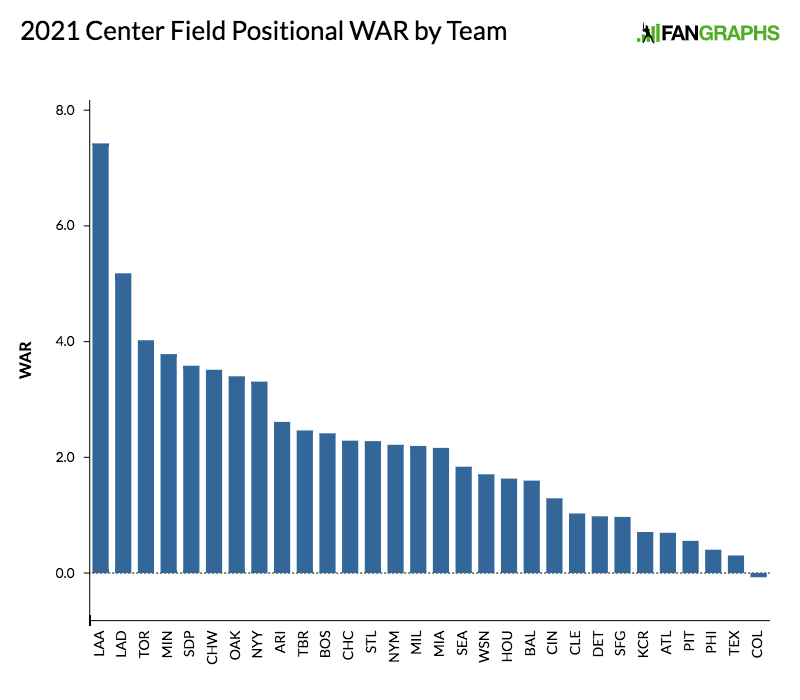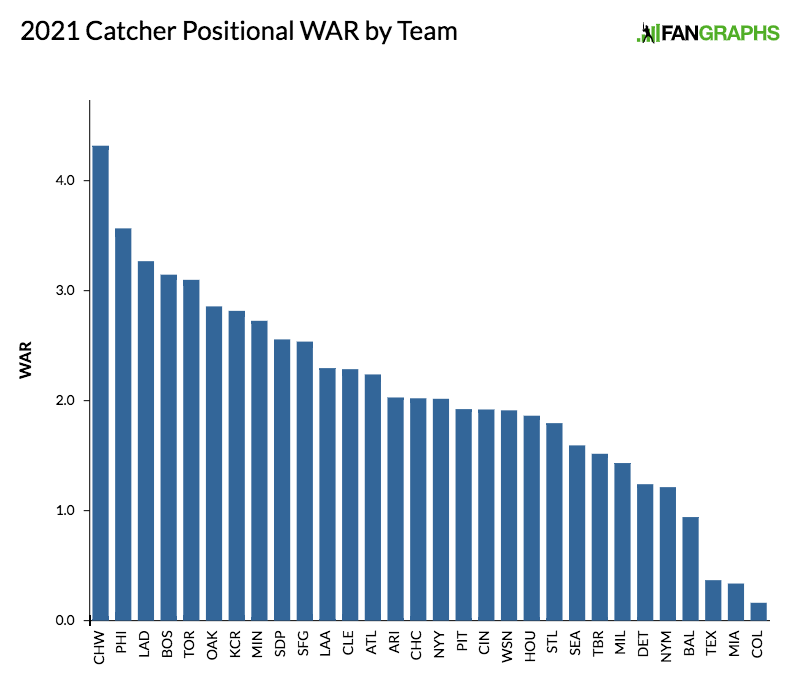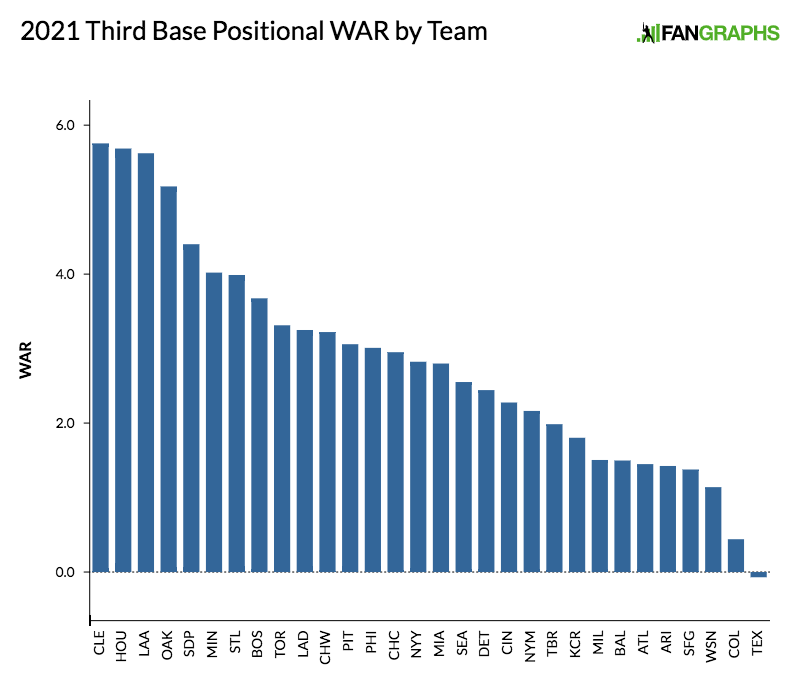Yesterday, Kevin Goldstein and Brendan Gawlowski reviewed the state of things in left and center field across the majors. Today, Jay Jaffe turns his attention to right fielders.

It’s not the happiest inevitability to contemplate, but there will come a day in the future when Mike Trout will no longer be the best player in baseball. When that day comes — and we’re not saying it’s tomorrow, or even in 2021 — there’s a very good chance that one of the game’s top three right fielders will be the player who claims the crown.
Mookie Betts already outdid Trout for the 2018 AL MVP award with a single-season WAR (10.4) slightly higher than anything our Halo’d hero has mustered (a max of 10.2 in 2013), and he’s only heading into his age-28 season, having already done the Trout-like thing of surpassing the average Hall of Famer’s seven-year peak in WAR at his position. What’s more, Betts has now played a central role in two championships, having helped the Dodgers get over the hump in 2020’s pandemic-shortened season thanks in large part to his October heroics at the plate, on the basepaths, and in the field.
If it’s not Betts who dethrones Trout, it may very well be 22-year-old Juan Soto, a new convert to the position whose production to date and projection going forward both place him in the midst of inner-circle Hall of Famers. And if not Soto, then perhaps 23-year-old Ronald Acuña Jr., whose speed makes him a threat to become just the fifth member of the 40-homer, 40-steal club. A year ago, Dan Szymborski projected Acuña as the most likely heir to Trout’s title, though today Soto might be the one, with Fernando Tatis Jr. perhaps elbowing his way into the picture as well.
As a group, right fielders outproduced all other positions in wRC+ for the first time in the history of our splits (which go back to 2002) in 2019, with a 108 wRC+. In the pandemic-shortened season, with Cody Bellinger and Christian Yelich having switched positions, the group “slipped” to 106, five points below that of first basemen, but even so, good players having big years such as Michael Conforto and Bryce Harper, late bloomers like Mike Yastrzemski and Teoscar Hernández, and on-the-rebound players such as Wil Myers and Jason Heyward helped to uphold the position’s high standard for offense. Moves by Soto and Kyle Tucker, the maturation of Dylan Carlson and the return of Mitch Haniger should help keep that going, even if not all of the pandemic’s top producers can replicate last year’s punch. Read the rest of this entry »








